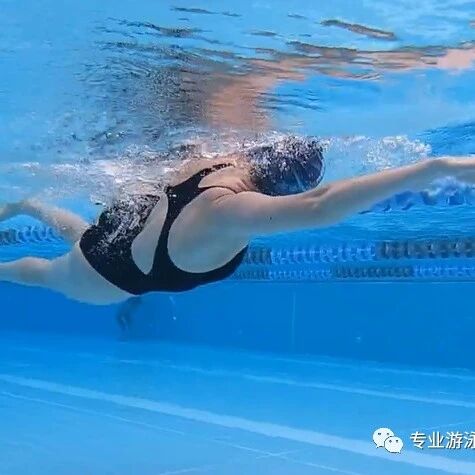Day by day, make steady progress—don’t rush for instant results; instead, patiently await the singularity in your swimming technique.
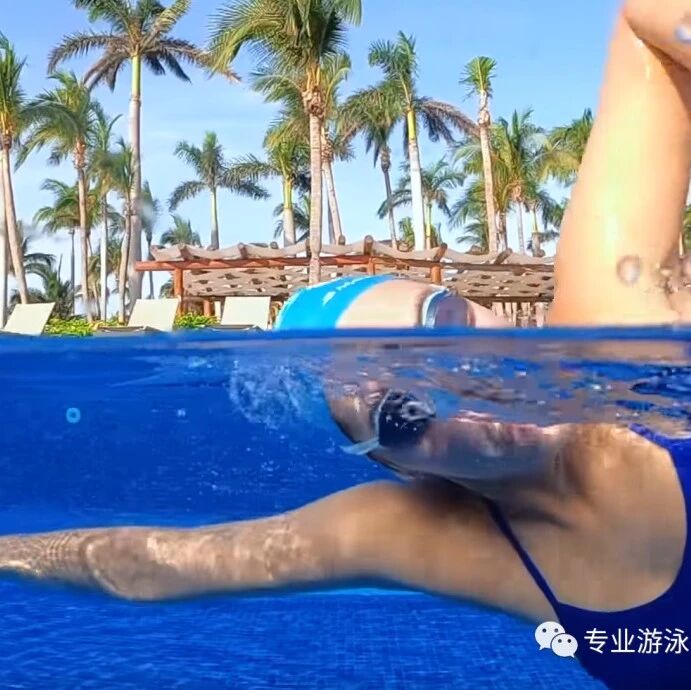

Improving swimming skills is both the pursuit of amateur enthusiasts and the goal of professional swimmers. In my view, there are two distinct levels to enhancing one’s swimming ability: one is embracing swimming as a lifelong passion, while the other focuses on pursuing it professionally—essentially, committing to swim for life in either capacity.
When a professional swimmer genuinely loves the sport from the bottom of their heart, their potential becomes truly unparalleled. Meanwhile, for an amateur swimmer who views swimming as a lifelong hobby—not just a temporary activity that they might abandon after three or five years—they’ll find that striving to improve their technique and endurance is well worth the time and effort invested.
The biggest fear when committing to something you’ll do for a lifetime is rushing for quick results—savoring the journey is what truly matters. Even professional swimmers, though they may bask in momentary pride on the podium, ultimately cherish the memories of their relentless training efforts as the real source of lifelong pride and fulfillment.
There are many techniques to improve your swimming skills, but all of them ultimately align with one of two fundamental approaches: either enhancing the power of your pull-through or reducing water resistance. From these two core directions emerge what are known as advanced swimming techniques. Depending on where you are in your skill development—whether you're just starting out or refining your form—these techniques might no longer seem "perfect" at first glance. Nevertheless, they remain highly instructive and valuable for guiding your progress.
Tip 1:Don’t try to look ahead with your eyes—catching a glimpse means you’ve already lifted your head. Raising your head is one of the main reasons for losing body position and sinking underwater. When swimming freestyle, as long as you’re lying flat on the water’s surface, your gaze should remain firmly directed straight down toward the pool bottom.
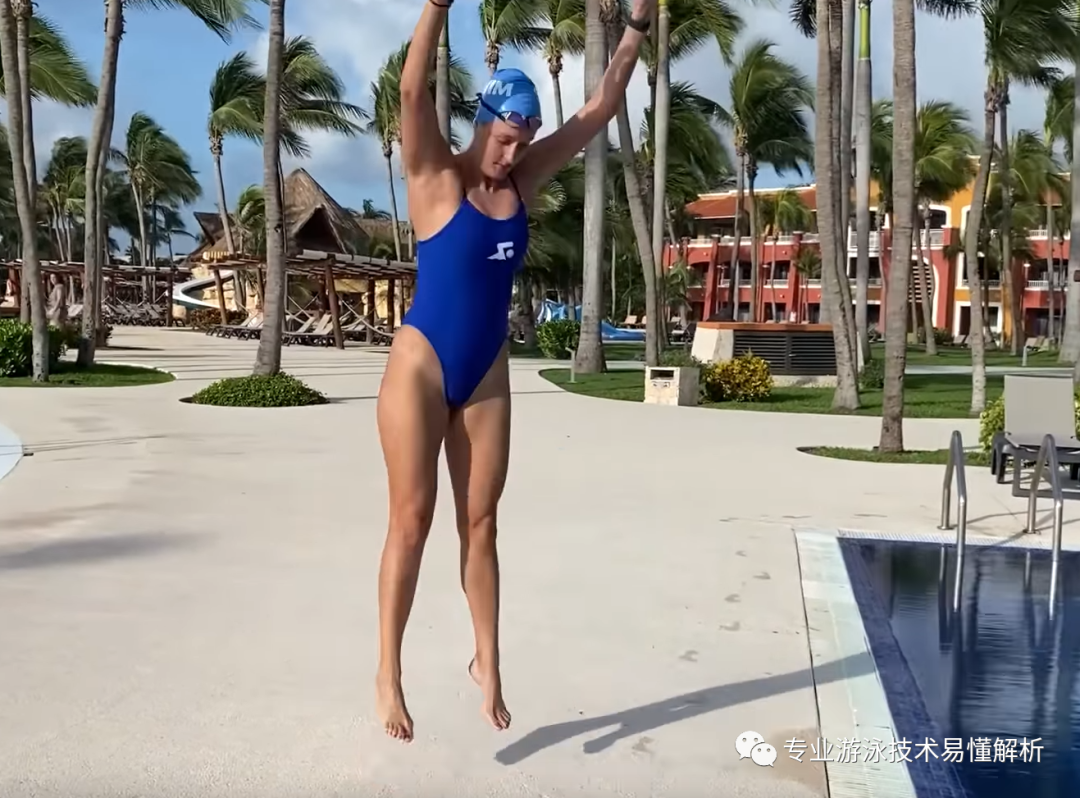
Tip No. 2:Water sports rely heavily on land-based physical training. When it comes to sheer strength, no technique can truly shine on its own. After all, water is incredibly dense—so dense, in fact, that no amount of raw power can claim to be "absolute" when faced with its resistance. This means that any skill in water sports ultimately depends on a solid foundation of physical fitness to be executed effectively. From this perspective, swimming is essentially about teaching the body how to harness and work with the natural forces of water. For instance, "riding the current" emphasizes using inertia to glide effortlessly, while "breaking through waves" requires the body to maintain a firm, streamlined posture—tilting sideways during strokes to minimize frontal drag against the water.
The technique most directly tied to physical fitness is undoubtedly the high-elbow pull-through, particularly the EVF method. Until your physical condition improves, striving for a perfectly executed high elbow can do more harm than good. When practicing this technique, it’s crucial to work within your current capabilities—forcing yourself to perform it incorrectly often leads to wasted effort and even injury.
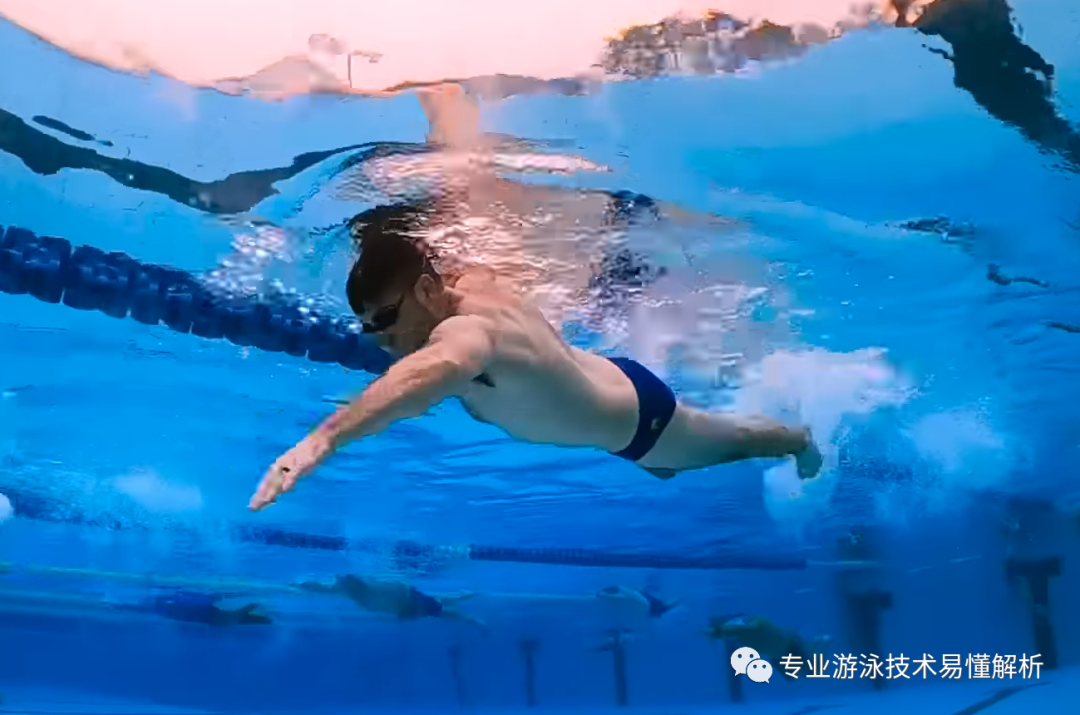
Tip Three:When pushing the water, focus your power in your arms—your fingers should remain relaxed. Unfortunately, many swimmers unconsciously tense and curl their fingers together during the freestyle arm stroke, believing that only with tightly clenched fingers can they generate proper force. However, this actually backfires, causing your arms to tire prematurely. It’s like trying to engage your core by squeezing your legs together—this approach only leads to unnecessary energy drain in your abdominal muscles. Instead, keeping your legs loose allows your core to naturally stabilize and strengthen. Similarly, relaxing your shoulders ensures that your punches—or in this case, your arm movements—are powerful and efficient. It’s all about finding the right balance and letting go where needed!
Similarly, when performing the arm recovery in freestyle, keep your arm naturally relaxed—focus on letting your shoulder lead the elbow, and allow the elbow to lift the arm. This will naturally create a smooth, effortless, walking-like sensation.
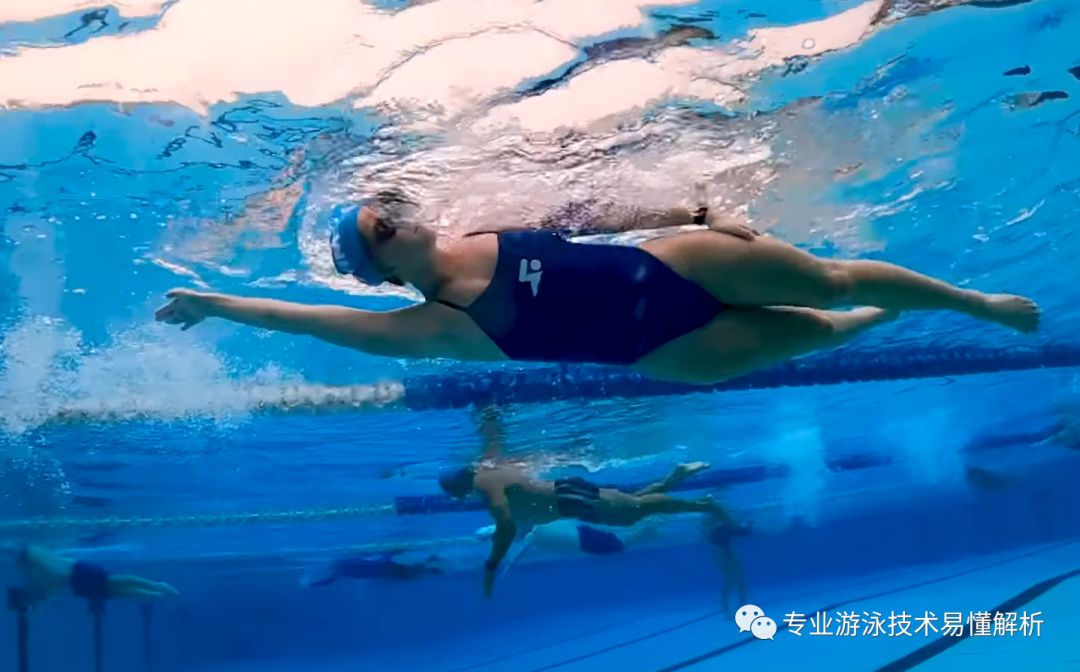
Tip Four:The closer your head and hips are to the water surface, the better—keep your body in a high position. Swimming isn’t diving; in diving, any arm movement creates the same problem as frog kicks—generating unnecessary, powerful resistance. Instead, swimming involves gliding smoothly just beneath the surface. While this does create some wave resistance, it actually puts your arm strength to good use, making it the primary source of propulsion for forward motion.
Imagine that pushing water with your arms pulls your body forward—well, from a physics and mechanics perspective, the more your body remains parallel to the water surface while being pulled ahead, and the more it stays aligned directly in line with the force of your push, the more effectively that propulsive power is utilized. Once you grasp this principle, you’ll also realize how changing the angle of your palm as you push through the water can directly influence the direction in which your body moves forward.
It’s clear that the arm doesn’t push backward from the very center of the body—but instead, it stays positioned at the sides, much like oars placed on either side of a boat. If, when pushing through the water, your palm faces directly toward the water, it’s as if the blade of the oar is squarely aimed at the water. In this case, the boat would veer off to the opposite side as it moves forward. That’s why swimmers must constantly alternate strokes left and right to correct their course. The same principle applies here: Is your palm really facing the water head-on, slightly angled toward your body, or deliberately turned outward? You’ll only truly understand the technique once you’ve actually swum it yourself.
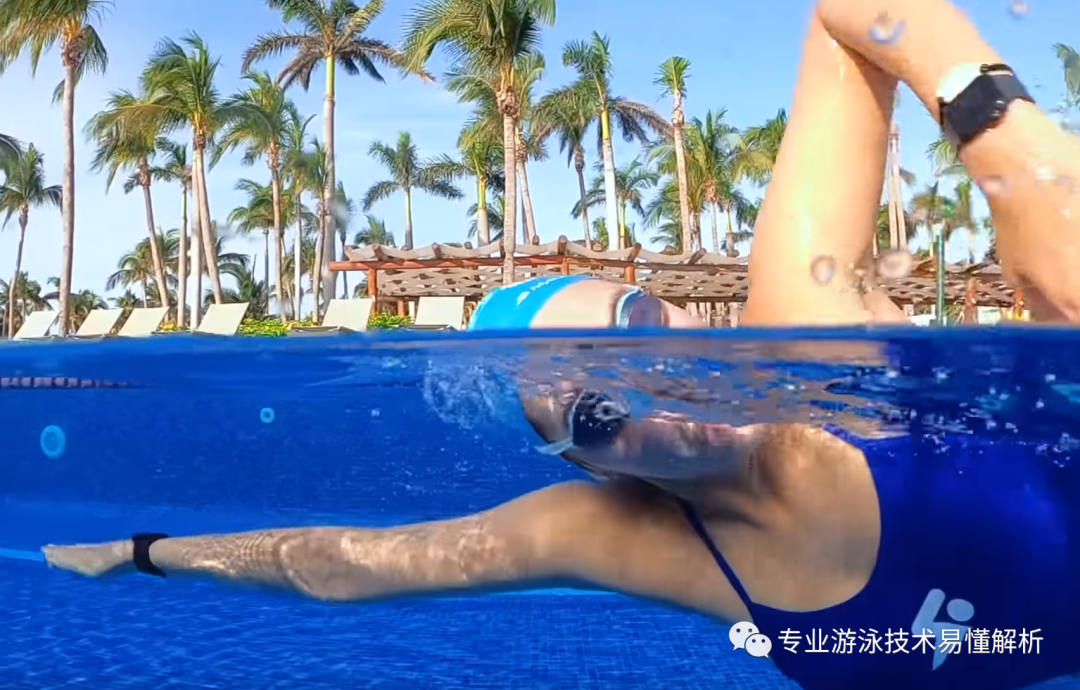
Tip Five:When breathing, water leaks from one eye—indicating that both eyes are open. Keeping your head steady, especially as you turn to breathe while swimming on your side, is a crucial step in improving your freestyle stroke efficiency.
As your swimming skills improve, the key is to instinctively minimize the of your head turns during breathing—and gradually master the art of nearly silent breathing. A simple yet effective way to gauge your progress is to ensure that, as you turn your head to breathe, one eye remains above water while the other stays submerged. If both eyes end up above the surface, it means your head is still lifting too much, leaving plenty of room for further improvement in your freestyle technique and overall swimming efficiency.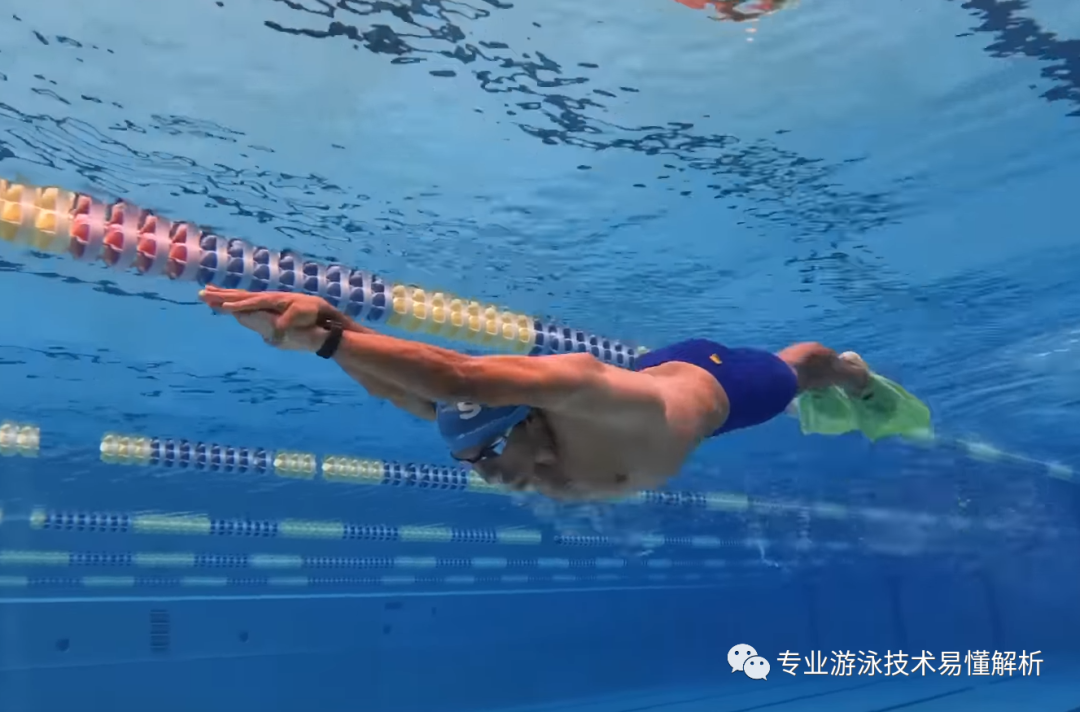
The final tipIt’s the greatest of all techniques—what they call “great skill appearing effortless.” Perhaps it’s not even technically a trick, but when measured by how few people can actually master it, it’s undeniably the hardest one to pull off: sheer patience and persistence. Use persistence to express your passion, and let patience guide you as you eagerly await that transformative “singularity.”
Extra note: I’d like to use this post to thank all our readers who’ve been following our official account, as well as those who’ve shown their support through tips and donations. Due to time constraints, I haven’t written any articles on swimming for a while now. Yet, every holiday season, schools remind parents and students about drowning prevention—so rather than relying on reactive measures, it’s far more effective to take proactive steps. Teaching kids essential swimming skills and the ability to perform water-saving techniques for self-rescue is the ultimate solution. Of course, as the saying goes, "Don’t underestimate the power of water"—so maintaining a healthy sense of awe and respect for water remains the most crucial lesson of all.
I’ve recently developed an interest in amateur radio, partly because it’s often the go-to solution when everyday communication methods fail—like when you’re out hiking in the mountains with no mobile network, or struggling with poor cell service. Even in the face of disasters, where both regular phones and satellite phones may falter, amateur radio remains a dependable emergency communication tool. In the future, I’ll be sharing my insights on radio-related topics step by step on another public account called "Starting Something Different." If you share this same passion, feel free to follow—it’s sure to be a rewarding journey!
Related Articles
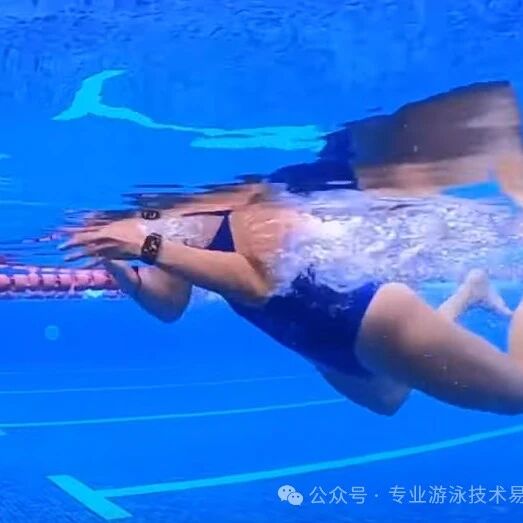
The often-overlooked reason why breaststroke isn't getting faster
Detailed analysis of the full-immersion swimming concept, helping you truly master the techniques and principles of this unique swimming style.
